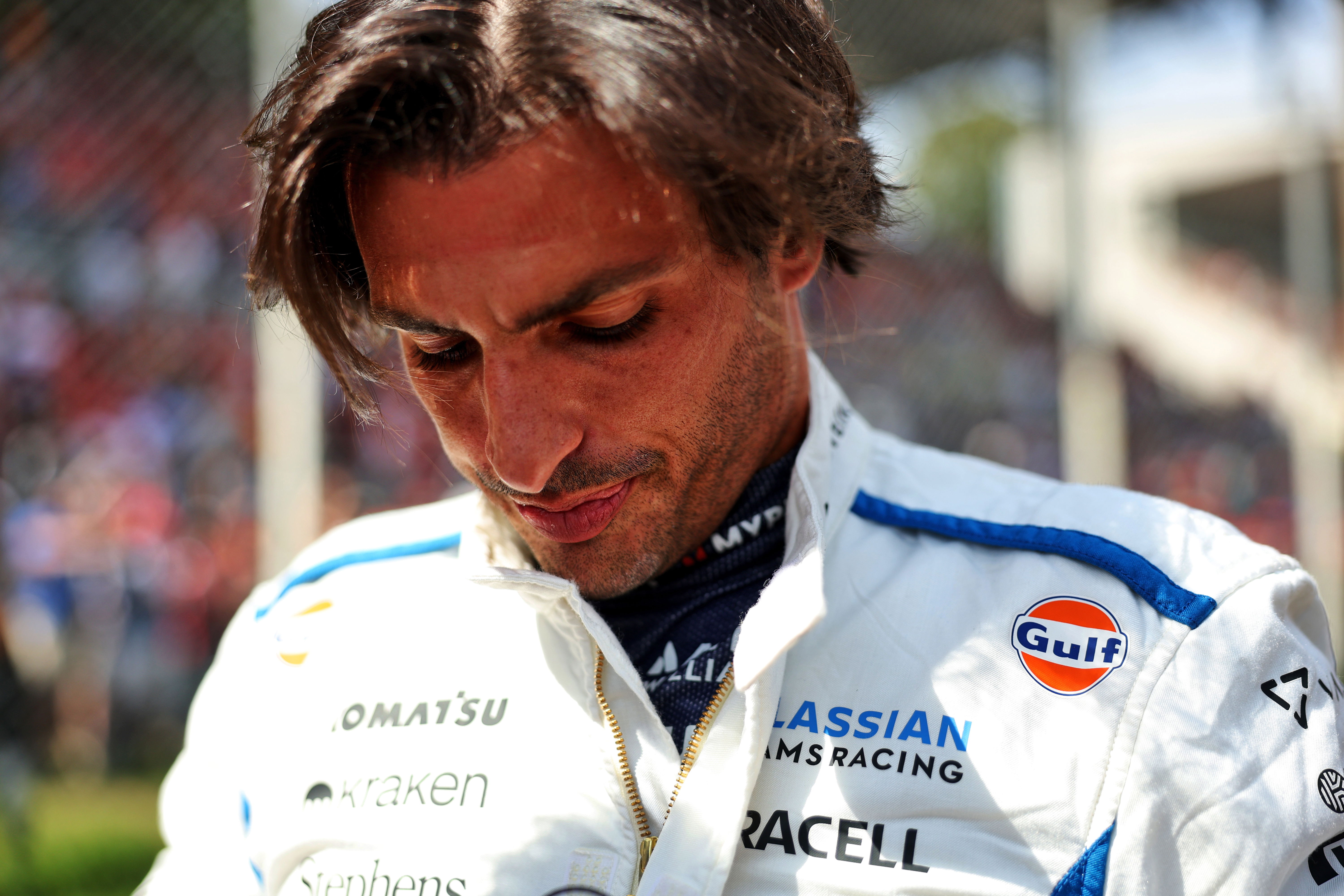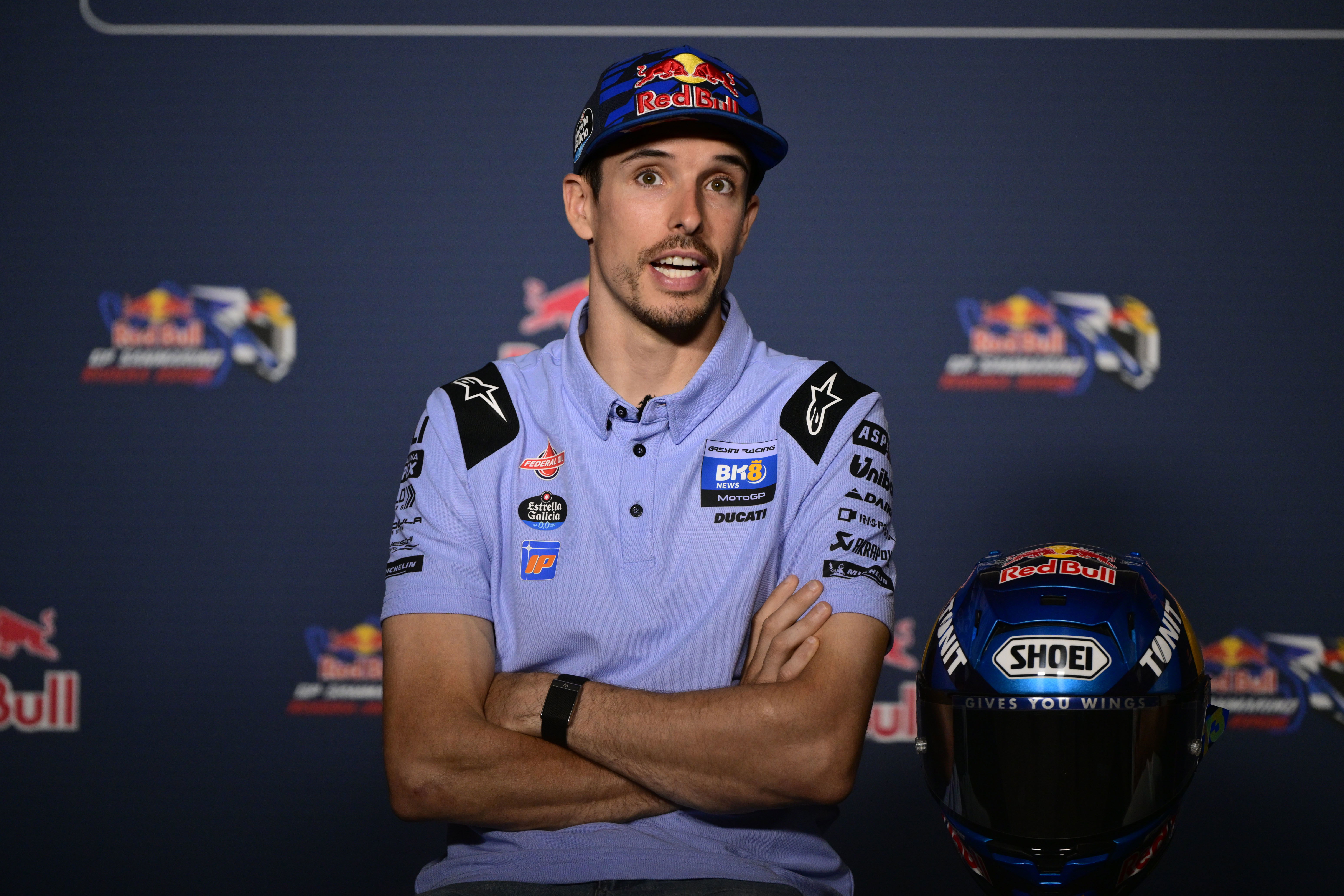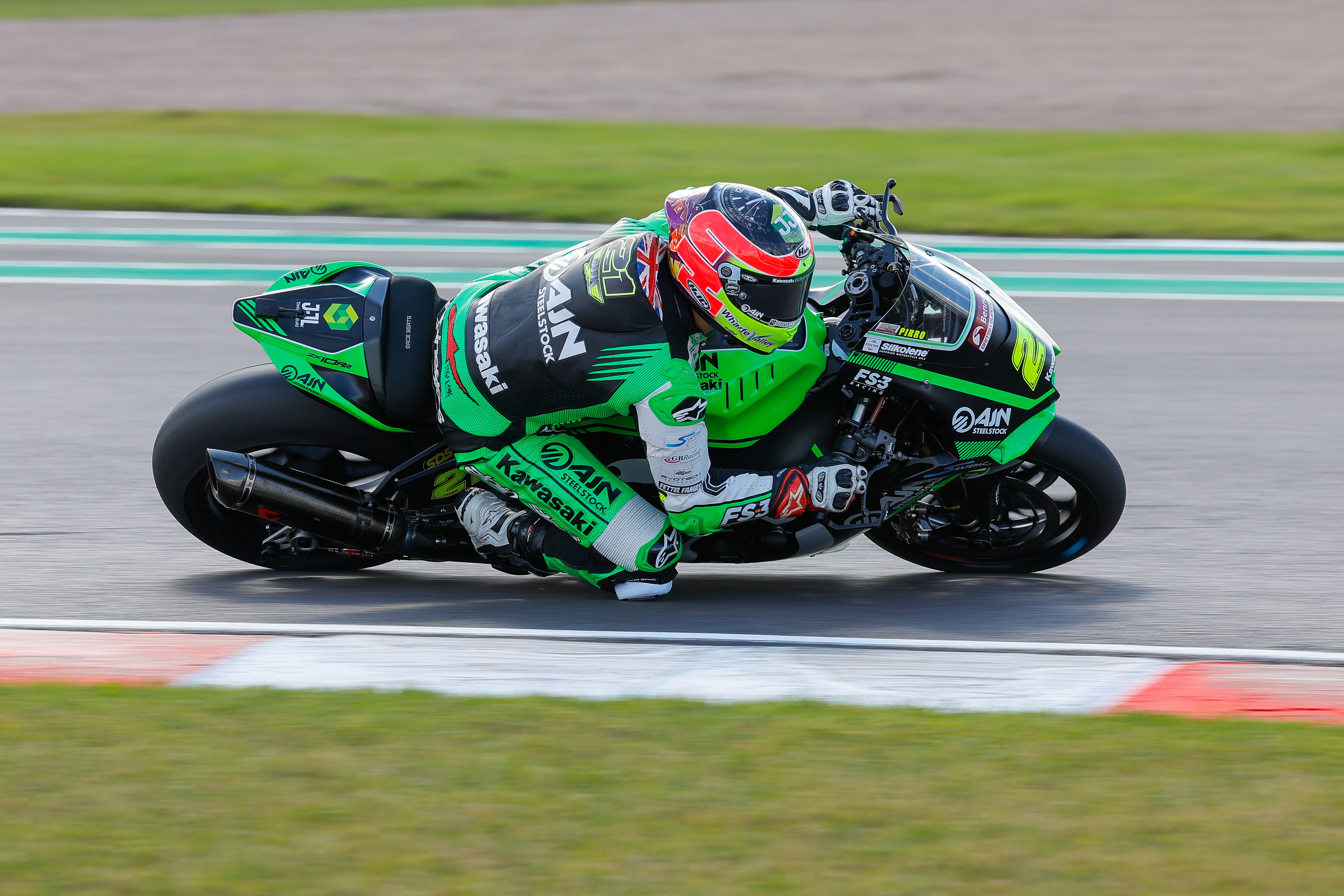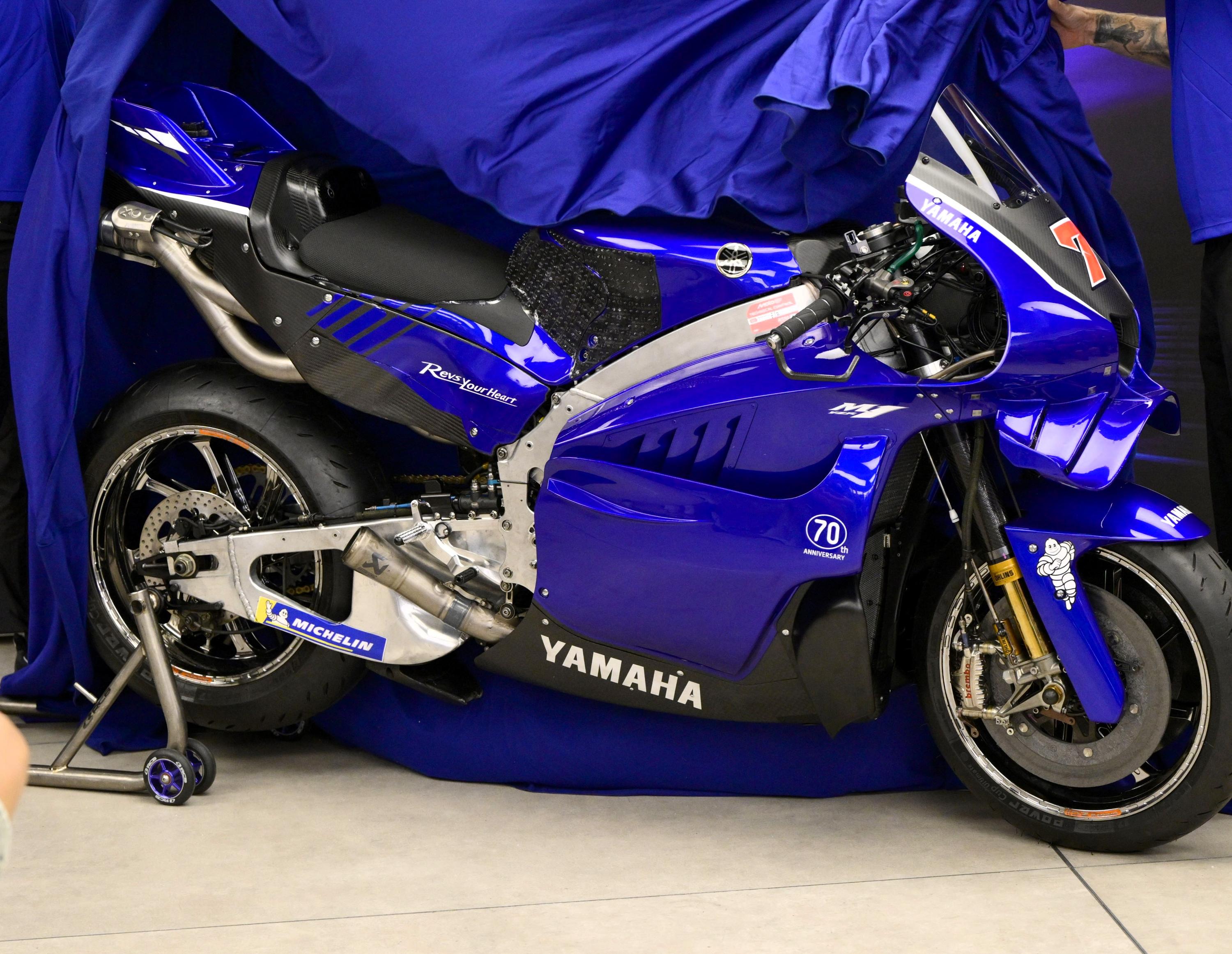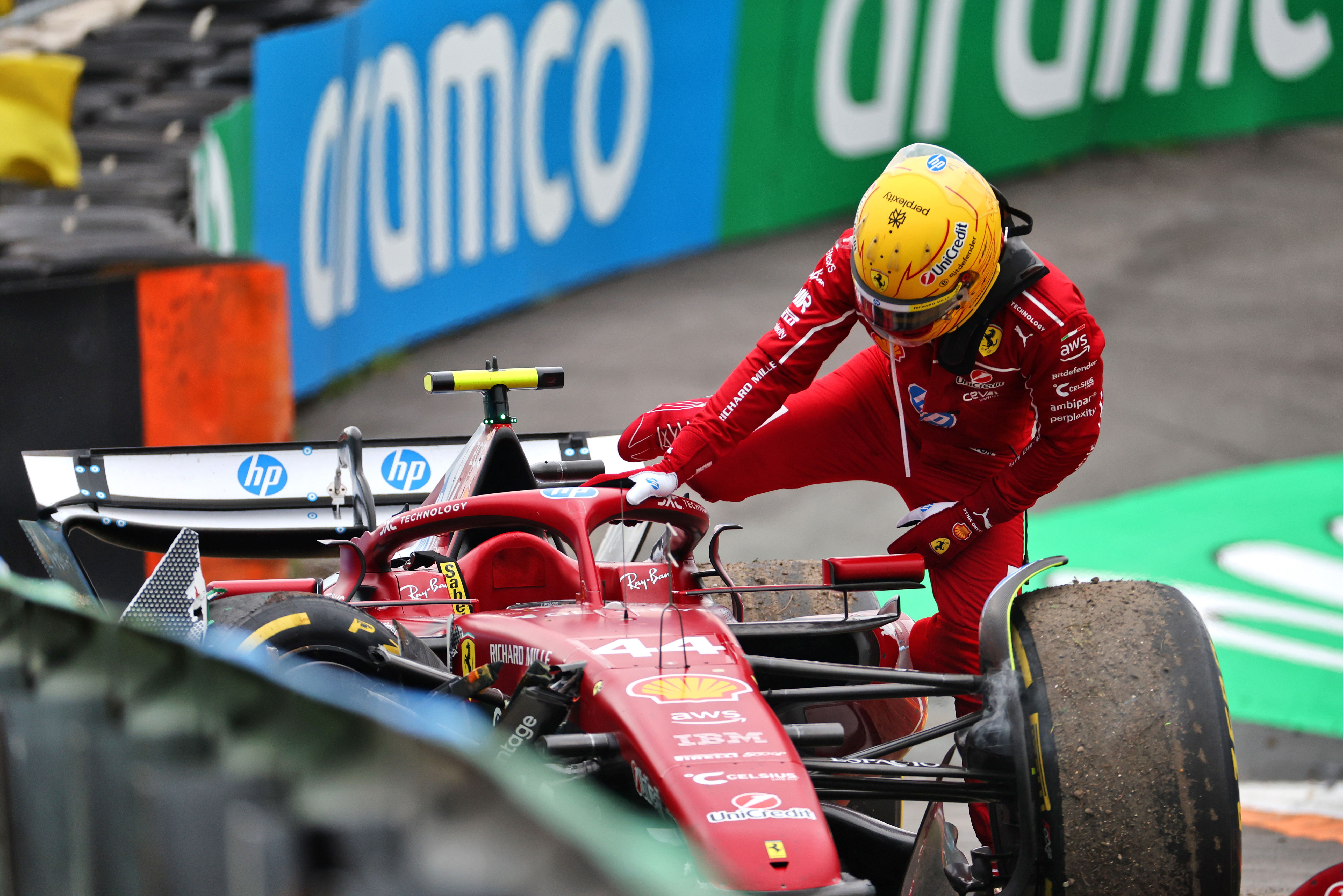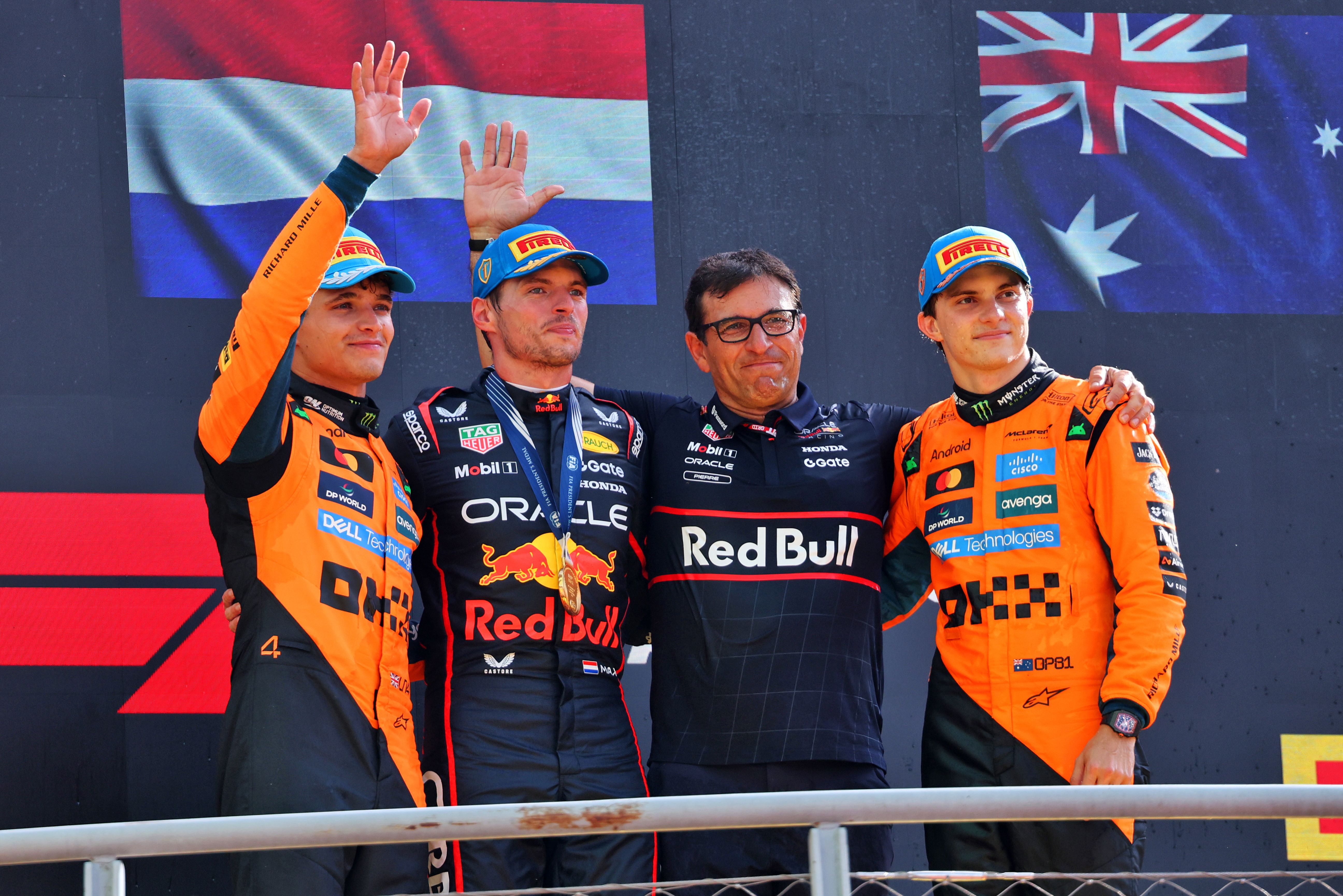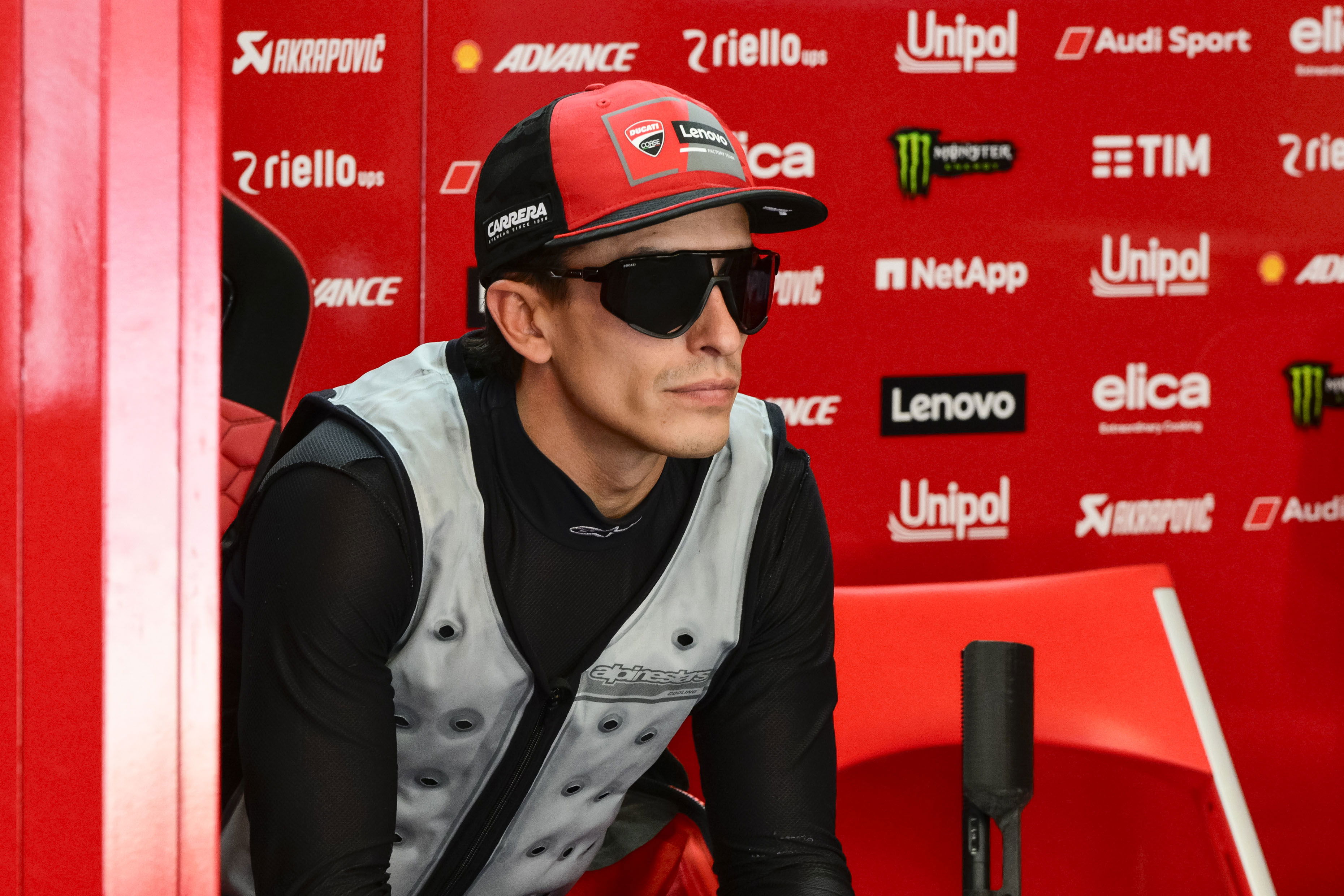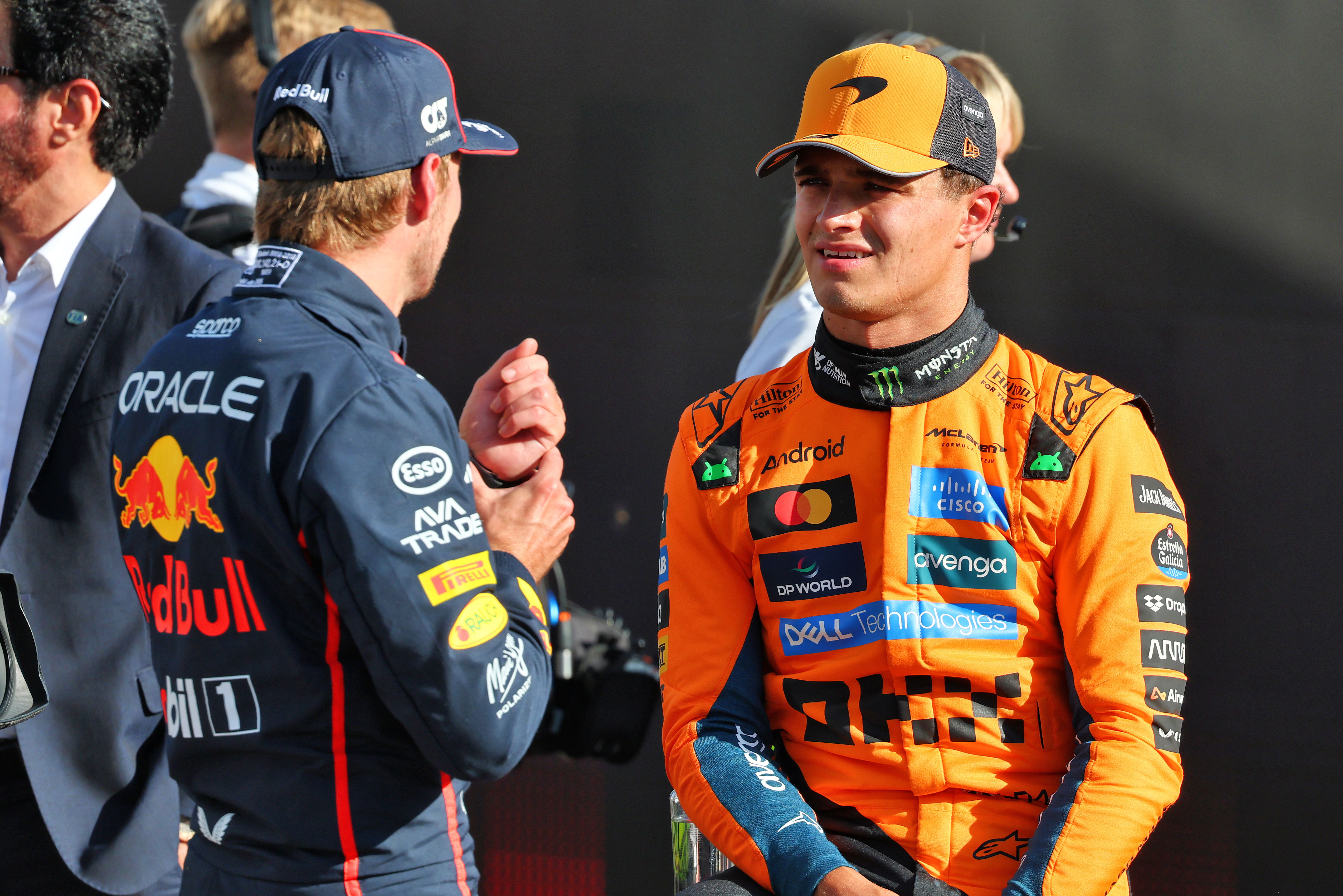F1’s new sprint race format explained - and what the teams expect

For the first time in F1’s history, a grand prix will feature a sprint race as the world championship finally gets the chance to showcase its new weekend format.
It is the latest experiment conducted by F1 in an attempt to spice-up the weekend and make the show more interesting and unpredictable.
Dubbed ‘sprint qualifying’, the format is set to be trialled at three events across the 2021 season starting at Silverstone this weekend and, if successful, it could become a fixture at selected weekends in the future.
What’s the format and how will it work?
The shake-up to the British Grand Prix weekend will see a sprint race run over 100km - the equivalent of 17 laps of the Silverstone Circuit - take place on Saturday afternoon.
Friday at Silverstone will look very different to normal, with a one-hour opening practice session followed by qualifying late in the afternoon.
Qualifying will follow the traditional format that features Q1, Q2, and Q3 but it will set the grid for Saturday’s sprint race, rather than the grand prix itself.
Five sets of Pirelli’s soft tyre will be made available during qualifying but there will be no obligation to start the grand prix on the tyre with which the fastest time was set in Q2.
A second hour of practice will then take place on Saturday morning before the sprint qualifying race gets underway at 4.30pm local time.
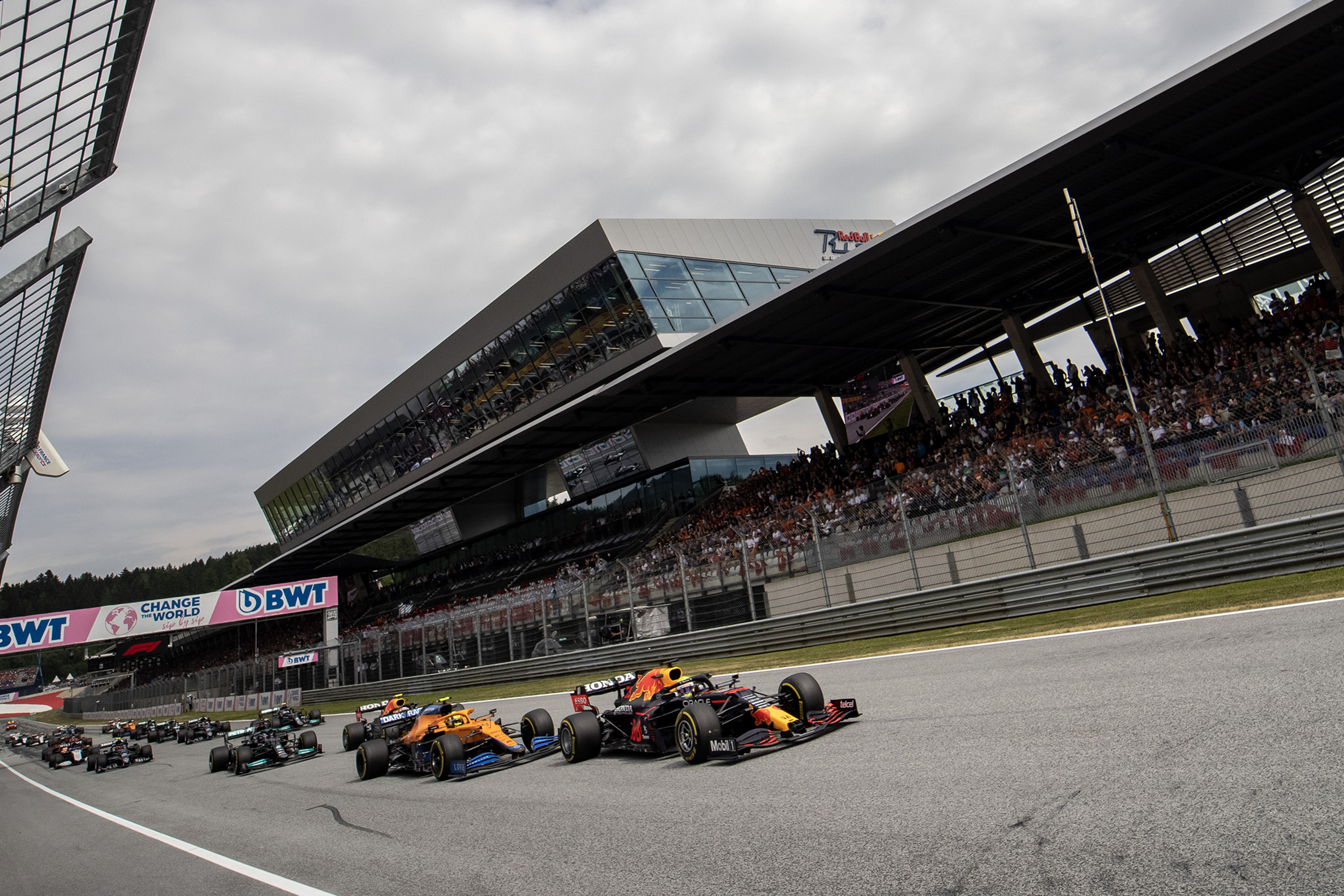
The sprint race is scheduled to last around half an hour and will define the starting order for Sunday’s showpiece event, the British Grand Prix.
Drivers will have a free choice of tyres for the sprint race and there will be no obligatory pit stop. Up to six sets of intermediates and three sets of full wets will be provided by Pirelli in the event of wet weather conditions.
Due to the sprint qualifying race running to about one-third of the distance of a grand prix, only the top three finishers will receive points. Three points will be on offer for first place, two for second and one for third.
The winner of the sprint race will also be officially credited with pole position for the grand prix, rather than the driver who ends up fastest in qualifying.
To avoid devaluing the grand prix itself, the sprint qualifying event will have a more modest grid procedure and there will be no post-race podium ceremony, while the national anthem will also be reserved for Sunday.
The regulations for the grand prix remain unaltered, apart from every driver getting a free tyre choice for the race start.
What are the teams expecting?
There is uncertainty about what type of spectacle the sprint race will produce.
Seven-time world champion Lewis Hamilton highlighted early concerns and predicted the race will be “a train” due to drivers taking it conservatively and being unwilling to take risks that could destroy their grand prix prospects.
However, F1 chiefs remain confident the sprint race will encourage aggressive, exciting action and lead to flat-out, relentless competition.

Haas team principal Guenther Steiner believes the sprint qualifying format can be judged a success “if the fans like it” but said he will be telling his drivers to “keep their noses clean”.
“I am looking forward to it because it’s something new and something new always gives opportunity and hopefully we can be a part of that,” he said.
"I think the success will be if the fans like it. At the moment I think it’s a good format but if there’s something we can enhance, and the fans embrace it, that would be good and then I would say let’s do more of it.
"I think for sure the drivers will race hard because in qualifying everyone races hard and this is like a sprint race which defines the qualifying positions.
"On Sunday, when points are at stake, you want to be in the best position to start the race as you can. From our side, this year it’s all about learning so running the race, having a few more race starts during the year because of sprint qualifying format will be an advantage next year.
"On the sprint, I will tell them to keep their noses clean and keep the cars on the track."
Meanwhile, Ferrari team boss Mattia Binotto reckons the revamped weekend schedule could lead to teams facing a set-up “mess” due to parc ferme rules.
Parc ferme conditions - where teams are no longer to make major changes to their cars - will be introduced from the start of the Friday qualifying session. This means teams will only have one hour of practice running to work out the best set-up for the rest of the weekend.
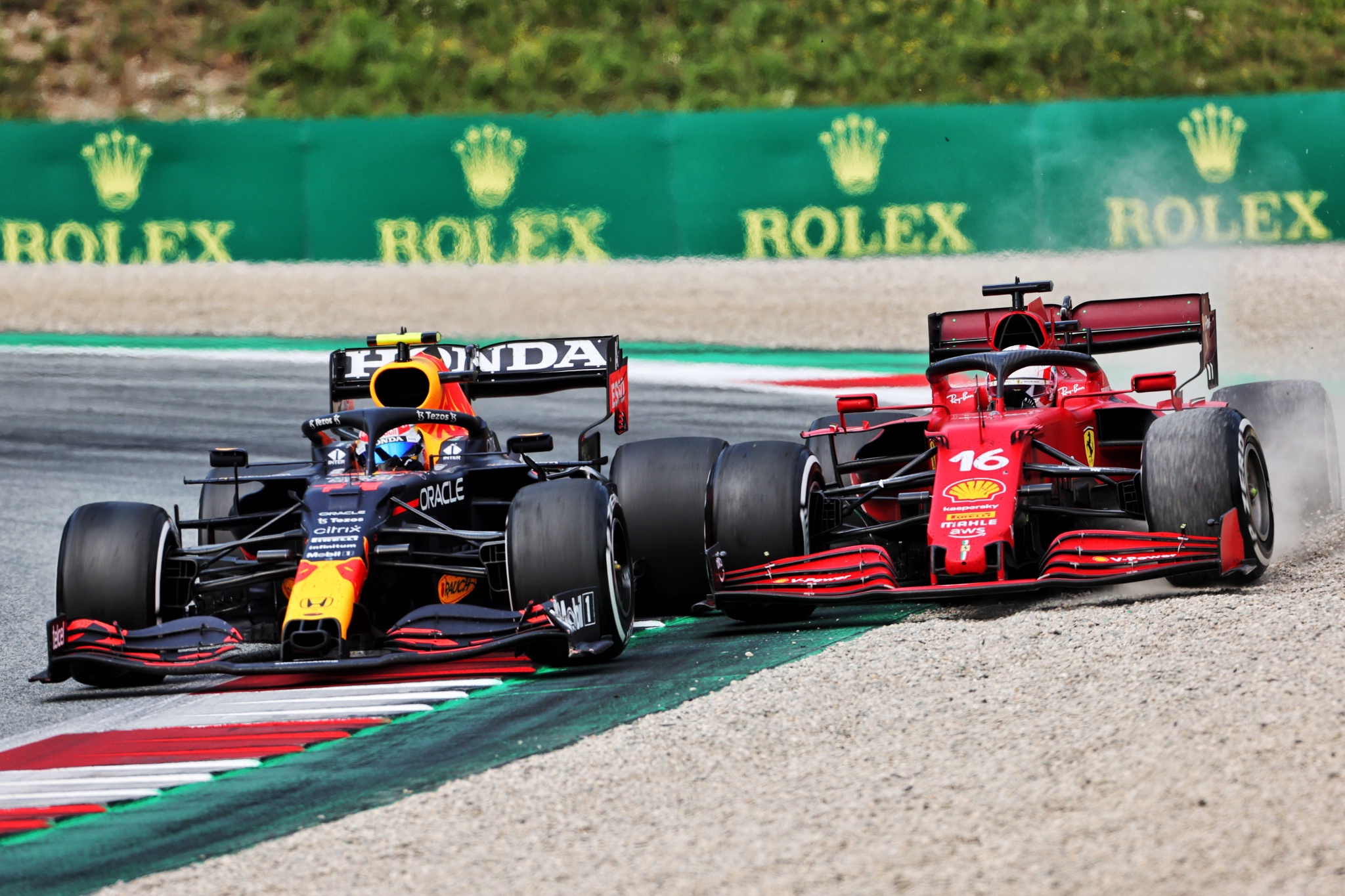
Pirelli’s new rear tyre construction will also make its race debut at Silverstone, giving teams another potential headache to get on top of during the weekend.
“We have got a new tyre specification at Silverstone, which we tested in Austria, but most of the teams need some more experience on it,” Binotto said.
“And there will be very little time for it because we’ve only got the Friday morning [practice session] before going into qualifying, so you are really going straight into qualifying with the new spec.
“It’s a new format, there is very little experience because it is parc ferme from Friday afternoon onwards and that’s really exciting. It could be exciting.
“I think there may be some mess because set-ups will not be optimised due to lack of experiences on the tyres, so I think there may be a great race weekend in that respect.”

